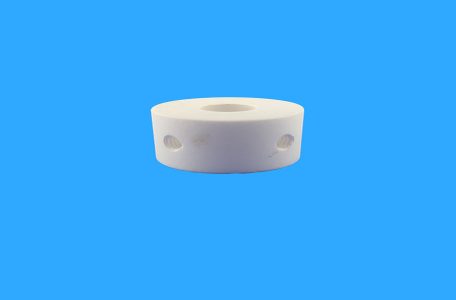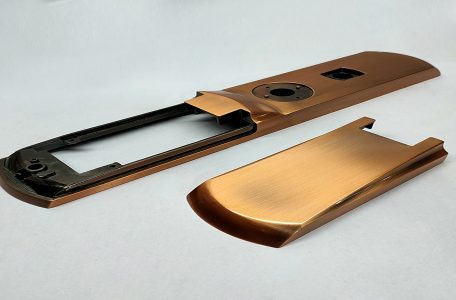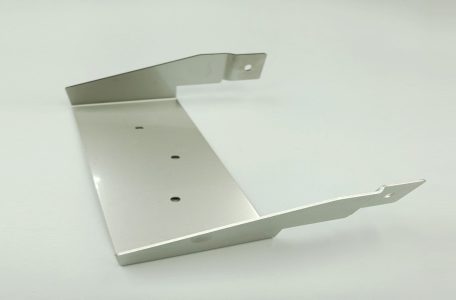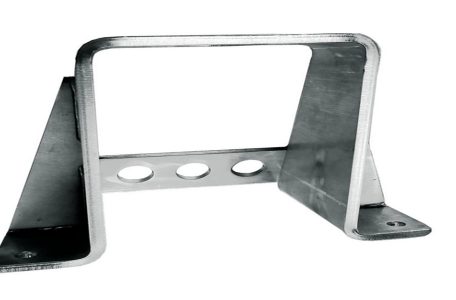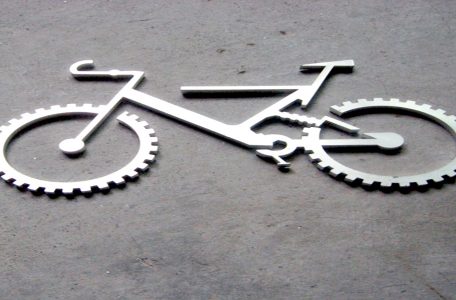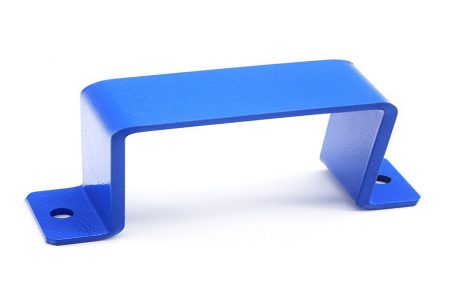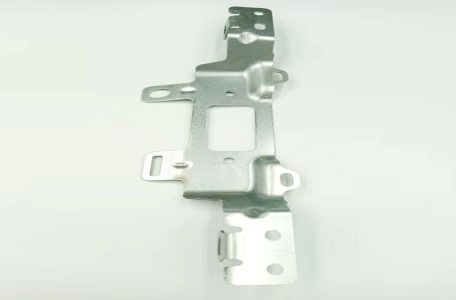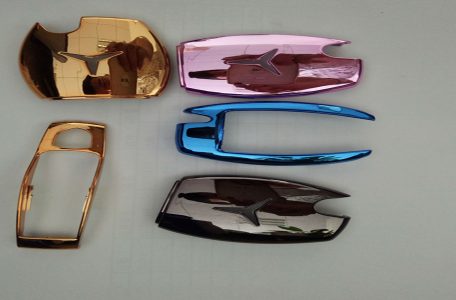Functional ceramics refer to materials that mainly use their non-mechanical properties in application. Such materials usually have one or more functions, such as electricity, magnetism, light, heat, chemistry, biology, etc., then Pintejin ceramics will be introduced to you. Check out functional ceramics. With the rapid development of materials science, new properties and new applications of ceramic materials are constantly being recognized and developed. The status of ceramic materials in modern science and technology is also increasing. Functional ceramics refer to materials that mainly utilize their non-mechanical properties in applications. Such materials usually have one or more functions, such as electrical, magnetic, optical, thermochemical, biological and other functions, as well as Read more
Pintejin Ceramics Factory specializes in ceramic rods, ceramic plates, structural ceramics and other components. Our factory can perform the finishing of ceramic parts. The basic method of ceramic material machining: ceramic materials usually need to go through blank cutting, grinding, grinding and polishing. parts. (1) There are three types of mechanical cutting methods commonly used in cutting: 1) Fixed abrasive cutting. Cut with a diamond blade or band saw. 2) Free friction cutting. Cut with a disc saw, band saw with diamond abrasive or high-speed abrasive jet impact. 3) Single edge cutting. Cut with single-grain diamond. Polished zirconia ceramic needle In order to improve the efficiency and quality of cutting, Read more
Black alumina ceramics have been widely valued because of their unique properties, and they are also more attractive to researchers for development and research. So what are the ways to improve the performance of black alumina ceramics? Next, Pintejin ceramics will introduce to you. At present, in the entire ceramic market, there are many ways to toughen black alumina ceramics, and the more common ones are particle toughening, phase transformation toughening, and adding an appropriate amount of ductility to toughen it. There is also a laser on the surface of porous ceramics to improve their performance. When designing black alumina ceramics, new methods should also be found.The performance problem of Read more
Ceramic plates are divided into living ceramic plates and industrial ceramic plates, so what is the difference between the two? We are very common in living ceramic plates, but how much do you know about ceramic plates in the industry? Let’s follow Pintejin Ceramics to explore the world of ceramic plates in the industry!Then we first understand the process and significance of the development of ceramic plates in the world. The process of ceramic plate development: 1. Handmade ceramic plates have existed since ancient times, especially Jingdezhen porcelain prints; 2. The industrial production of ceramic plates in the world began in the 1990s at the end of the 20th century; Read more
Ceramics are widely used in scientific research, industrial equipment and life due to their excellent characteristics such as high hardness and high wear resistance. The following Pintejin Zirconia Ceramics Factory will analyze what materials and properties of ceramics are. Zirconia material ceramic ring Ceramic materials refer to a class of inorganic non-metallic materials made of natural or synthetic compounds through shaping and high-temperature sintering. It has the advantages of high melting point, high hardness, high wear resistance and oxidation resistance. It can be used as structural material and tool material. Because ceramic also has some special properties, it can also be used as functional material. mechanical Ceramic materials are engineering Read more
When zirconia ceramics are sintered and formed, tensile specimens can be tested for their toughness. What conditions should be met in order to meet the needs of tensile specimens? Below Pintejin Ceramics Factory will give you an analysis. The shape of the zirconia ceramic tensile test piece and the shape of the blank are shown in Figure 3-18. In order to meet the needs of the tensile test, the tensile test piece should meet the following requirements: ①The surface of the tensile test piece should have a sufficiently low surface roughness ②The arc part should have an accurate profile ③ Tensile specimens should ensure axisymmetric accuracy. The metal bond diamond Read more
In the forming process of zirconia ceramic structural parts, both the sintering method and the cooling process will be used to obtain high-quality finished products. Next, Pintejin Ceramics will introduce the cooling and forming of zirconia ceramic structural parts. Zirconia ceramic structural parts, also known as engineering ceramics, fine ceramics, etc., are inorganic non-metallic materials with high temperature resistance, wear resistance, corrosion resistance and relatively stable chemical properties. 1. Vacuum cooling molding of zirconia ceramic structural parts The vacuum method of cooling and forming of zirconia ceramic structural parts adopts the method of vacuumizing the outside of the tube, so that the outer surface of the tube Read more
Sony’s flagship Xperia Z2 uses a low-key high-end ceramic heat pipe for heat dissipation. Similarly, the MediaX06E previously released by Japan’s NEC already used a zirconia ceramic heat pipe, known as the world’s first water-cooled mobile phone. Many radiator manufacturers have begun to predict that smartphones will use zirconia ceramic heat pipes to dissipate heat in the future. It’s just that the manufacturing technology of zirconia ceramic heat pipes was not advanced enough at that time, the diameter of heat pipes was more than 1.2mm, and there were too few manufacturers installed on mobile phones. Later, ceramic heat pipes with a diameter of 1.2mm were developed, but mobile phone manufacturers Read more
Generally, ceramic materials are specially customized. The process technology, strict production line and process of machining according to the drawings provided by customers are also an esoteric knowledge in ceramic production. How strong is the ceramic bulletproof board? Ceramic custom Personal protective equipment on the battlefield is especially important for soldiers. At critical moments, they may bring life to the wearer. Therefore, troops engaged in front-line operations will basically be equipped with complete protective equipment, including bulletproof helmets, bulletproof vests, etc.In one operation, the special forces of the Afghan government forces had already deployed combat units under the 19th Special Forces Squadron of the US Army to fight against the Read more
Zirconia ceramics can theoretically withstand high temperatures of up to 1350 degrees, so is its heat resistance in use really that strong? The following Pintejin Ceramics Factory will give you an analysis. The thermal stress in the zirconia ceramic material depends on the mechanical and thermal properties of the material, and is affected by the geometry of the structural parts and the environmental medium. The thermal shock resistance, which is the ability of ceramic materials to resist temperature changes, is a comprehensive performance of the mechanical properties and thermal properties of ceramic materials. The thermal vibration damage of zirconia ceramic materials is divided into two categories: instantaneous fracture under thermal Read more

Ceramic Machining Industry
- Ceramic Flange
- Ceramic Nozzle
- Ceramic Pin
- Ceramic Plunger
- Ceramic Rod
- Ceramic Shaft/Ceramic Sleeve
- Ceramic Structure Parts
- Ceramic Valve
- Ceramics Cutter
- Electronic Ceramics
- Medical Food Ceramics
- Petrochemical Ceramics
- Photovoltaic Ceramic
- Semiconductor Ceramics
- Microporous Ceramic Suction Cup
- Lithium Battery Ceramic Pump
